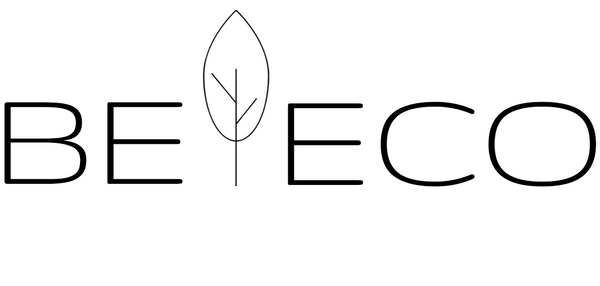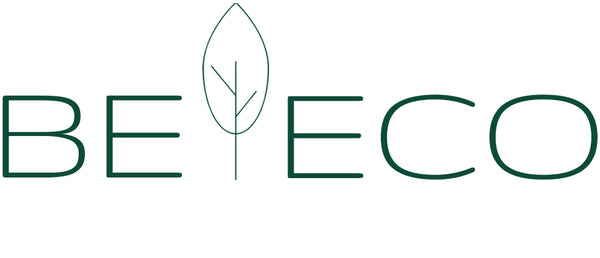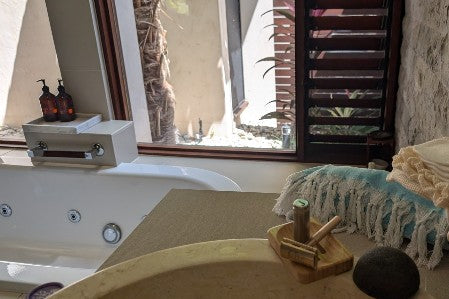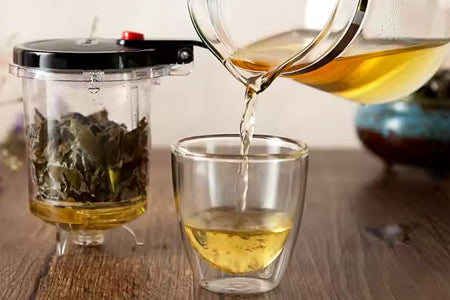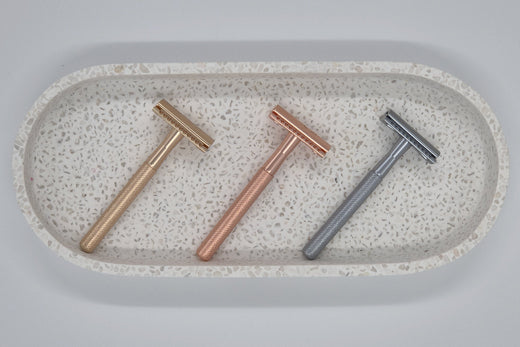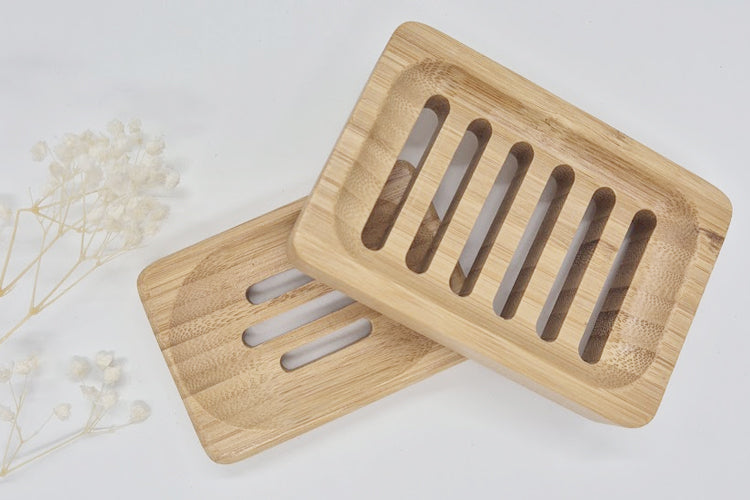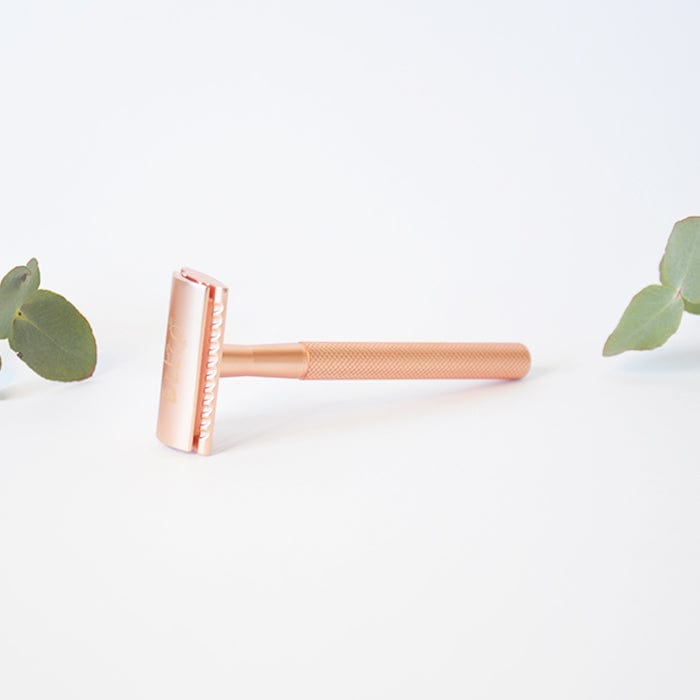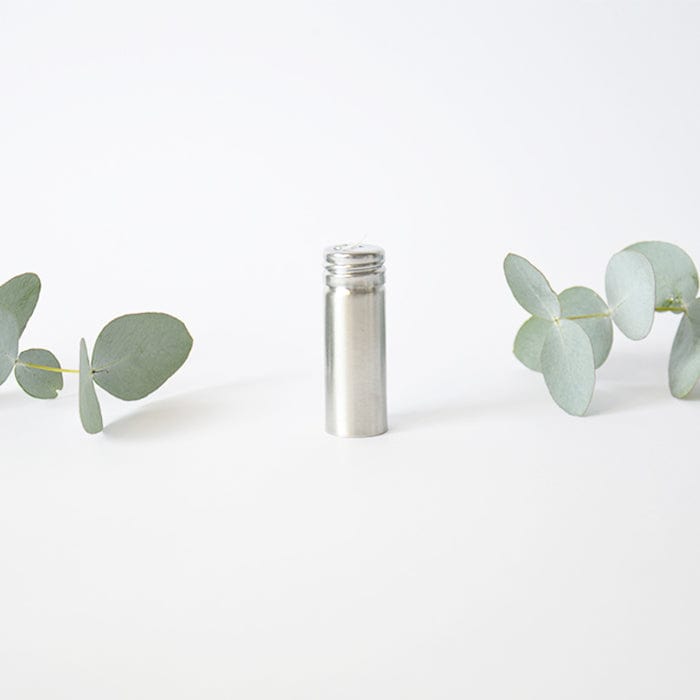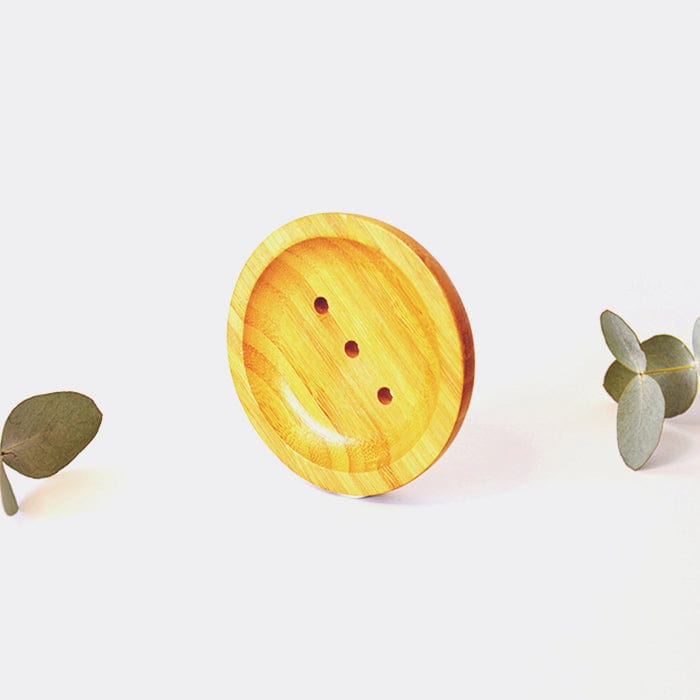As people have started paying a closer attention to what they consume and how it impacts the environment, sustainable alternatives are increasingly making their way into our lives. One product that has been rising in popularity among eco-conscious consumers and skin care enthusiasts is the konjac sponge Australia has recently experienced a surge in the availability of these eco sponges.
They are zero-waste skin care product that is suited to daily use and all skin types. If you are striving to have a plastic free bathroom, then this is a great addition. What has made these chemical-free sponges popular among young people is also the rise of Korean culture worldwide.

What is a Konjac Sponge?
A Konjac Sponge is a deep cleansing, plant-based skin care product made from the root of a konjac plant. The sponge is made from a porous root vegetable found chiefly in Korea, Japan, and China. It can be used for cleansing and removing makeup. The sponge can offer a soothing cleanse by just adding warm water and is gentle enough for daily use.
Amorphophallus konjac or simply konjac has been used for hundreds of years in Asia in everything from medicine, cuisine, and skin care. Konjac sponges are suitable for sensitive skin types that may become easily irritated with more common exfoliating tools (such as loofahs or washcloths). In fact, originally konjac root was used to bathe new-born babies in Japan due to its soft texture.
Benefits of using konjac sponge
- Zero-waste
Made from plant roots, after you have worn out the sponge, you can compost it! Unlike synthetic scrubs and loofahs, your konjac sponge is 100% zero waste.
- Gentle cleansing everyday
Regular face and body scrubs can often leave your skin dry and damaged if used more than a few times per week. They also often contain microbeads which can enter our waterways and are harmful to sea life. Konjac sponges are highly absorptive, the water combined with the small holes in the sponge helps provide a gentle cleanse.
- Exfoliative Properties
Do konjac sponges exfoliate? This is one of the most frequently asked question about using of konjac facial sponges. The answer- Yes! This biodegradable, zero waste sponge cleanses and exfoliates at the same time. The soft texture allows cleansing the skin of dirt, makeup build-up, and excess oil without the use of chemicals. The natural porous fibres give it great exfoliative properties that fights blackheads and removes dead skin cells.
- Hydrating
This natural exfoliator helps you to achieve hydrated skin. Konjac root contains about 40% glucomannan which works like a natural moisturizer in our skin called hyaluronic acid. As we age, the presence of hyaluronic acid in our skin decreases and our skin begins to dull and wrinkle. Using a konjac sponge, you can help your skin absorb and retain high levels of moisture, meaning your skin remains healthy for longer.
- Anti-microbial

Research has shown that konjac has anti-microbial properties. This is important point when we are talking about skin-care products. Having anti-microbial properties means that less foreign bodies would be absorbed by our skin and this can significantly reduce acne and other related skin problems.
These prominent skin care benefits of konjac sponges clearly highlight why they have become so popular. They are natural, sustainable alternative to traditionally used cleansing products and do not end up polluting the environment.
Is Konjac good for your face?
Absolutely! The texture of konjac sponges makes them suitable for use on your entire body. They are irritation-free and the nourishing extracts in the sponge deeply cleanse and exfoliate your face. They can be used as a make up remover too.
Different types of Konjac Sponges
You might have seen konjac sponges available in a range of colours. Konjac sponges are naturally white, however active ingredients such as green tea, turmeric or clay can be used for additional benefits. Prior to purchasing a konjac exfoliator, it is important to understand the best type of sponge for your skin type and cleansing needs.
A pure white konjac sponge is suitable for all skin-types. If you are new to using a face sponge, this might be a great starting point. A simple konjac sponge is great for people who might be allergic to some of the ingredients found in the infused sponges.

Bamboo charcoal has become extremely popular in skin care and body products due to its cleansing and purifying properties. When combined the black konjac sponge will absorb excess sebum, unclogs pores, removes blackheads, and kills bacteria. This makes them suitable for those with skin-blemishes and acne problem.
Red clay contains hematite which is popularly used in anti-aging treatments. Red clay konjac sponges are suitable for those with mature skin, with signs of aging such as dryness and wrinkles. This sponge will not only remove dirt and makeup but also rejuvenate your cells, leaving you with younger looking skin.
Suitable for those with a combination skin type, green clay konjac sponge increases blood circulation. It will help to reduce blackheads and whiteheads and tighten pores as well. No wonder green clay is used in such a wide range of skin care products due to its amazing beauty benefits.
This toxin-free konjac sponge is a must have for dehydrated and dry skin type. It will soothe and regenerate a reactivate skin. Pink clay is made by combining white and red clay and enjoys benefits of both. These clays provide have anti-aging, anti-inflammatory properties leaving you with soft skin.
The healing properties and cosmetic use of turmeric are known worldwide. This ingredient when added to facial sponges does wonders for your skin. Apart from providing lustre, this konjac sponge is great to brighten your skin and reducing blemishes.

A green tea infused konjac sponge is great for oily and combination skin types. Green tea is packed with antioxidants and has anti-inflammatory properties. This konjac sponge for oily skin works to remove oil and stubborn dirt from your skin by gently exfoliating away bacteria. If you have an uneven skin tone, you might want to give this one a shot.
These different types of konjac sponges cater to various skin requirements. The active ingredients are a cherry on top of this already amazing beauty tool. Konjac sponges, simple or infused, will leave you with a softer skin from the first use. They are naturally loaded with minerals and vitamins A, B12 and vitamin E.
How Konjac Sponge is made
Are you wondering how konjac sponges are made? Here is a step-by-step outline of the process:
Step 1: Mixing
Konjac root is turned into a fine powder and mixed with calcium hydroxide in cold water. Calcium Hydroxide is a common ingredient in cosmetics. Its main purpose is providing antiseptic properties to your product, in addition to acting as an acidity and viscosity stabilizer. This mixture is thoroughly combined to remove any lumps.
Step 2: Pouring
Once combined the mixture is quickly poured into moulds before it sets. Special care is given to ensure that no air bubbles are formed during this step.
Step 3: Setting
The mixture is left to set for 4 – 6 hours until it turns into a solid lightweight sponge.
Step 4: Drying
The sponges are set aside to freeze which separates any liquid particles from the konjac fibres.
Step 5: Testing and Packing
Once the sponges are fully set, they are tested for quality, size, PH level and final checks are made before they are packed ready for sale.
How to use Konjac Sponge
When dry konjac sponge are lightweight and hard. It is important to know how to use this skin care product for an effective and gentle clean.
- Soak
Begin by soaking the sponge in warm water for 5-10 minutes until it softens and expands. Once you notice that the sponge has stopped expanding, it is ready for use.
- Squeeze
Squeeze out excess water by pressing it with your palms, do not wring the konjac facial sponge as it will not last as long. They work best when they are moist, rather than fully saturated.
- Prepare your skin
Wet your face with warm water to open the pores
- Wash
Apply the sponge to your face and neck in light circular motion to remove any dirt and excess oil from your skin. Konjac sponges provide an effective clean with water itself, so it is your choice if you want to pair your konjac sponge with a facewash or cleanser. Feel free to use the sponge on all over your body, even delicate areas like around the eyes to remove make-up.
- Rinse
Make sure to rinse the sponge thoroughly after use. Squeeze out water and hang it dry in a well ventilated dry area.
Can Konjac Sponge cause breakout?
Konjac Sponges are not known for causing breakouts. According to Dermatologist Dr. Rita Linker of Spring Street Dermatology in New York “A konjac facial sponge is a way to physically exfoliate the skin to remove dead skin cells for glowing, more radiant skin,”. However, we cannot deny that in some rare cases people may be allergic to an ingredient used in the konjac sponge. We recommend those with skin related conditions spot test the sponge on another part of your body before applying to your face.
Cleaning your sponges properly is also crucial. It could be possible that a dirty konjac sponge may lead to breakouts.
How to clean Konjac Sponge?
Maintenance of konjac facial sponges is surprisingly easy. Most care has to be taken immediately after use:
- Squeeze out all the excess water to avoid bacteria and germs.
- Make sure you air dry your sponge in a well ventilated spot.
- You can even store your sponge in the fridge to keep it fresh (it is a vegetable, isn’t it?) but if you allow it to dry between uses, your sponge will stay clean and last longer.
- If your sponge begins to smell that is a sign that bacteria may be present, so we recommend sanitising it or discarding it
- Once a week, you can let your sponge soak in warm water with a few drops of tea tree oil then allow to dry in the sun.
How long do Konjac Sponges last?
It is advised to replace your sponge every 4-6 weeks. In case the sponge has torn, begins to smell or there is a sign of mold growth, immediately discard your sponge.
A green skin care experience
Konjac sponges have many benefits and are worth the hype. Their increasing demand has made them available in many Australian eco shops and online eco-stores. Once worn out the sponges are compostable, a great addition to low-waste skin care regime to leave you with the softest skin.
We hope this blog helped to answer all your konjac sponge questions.
